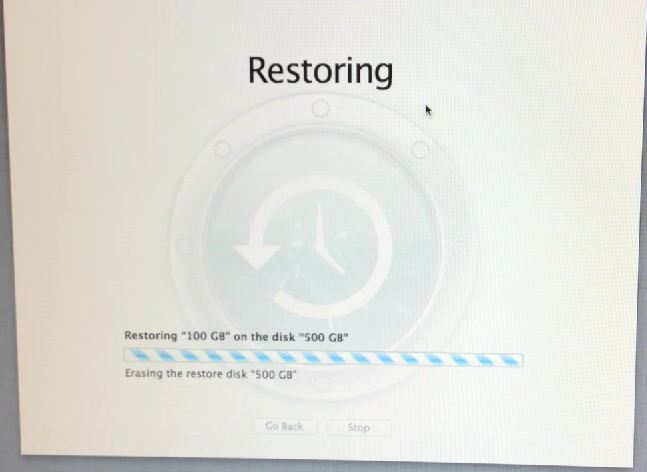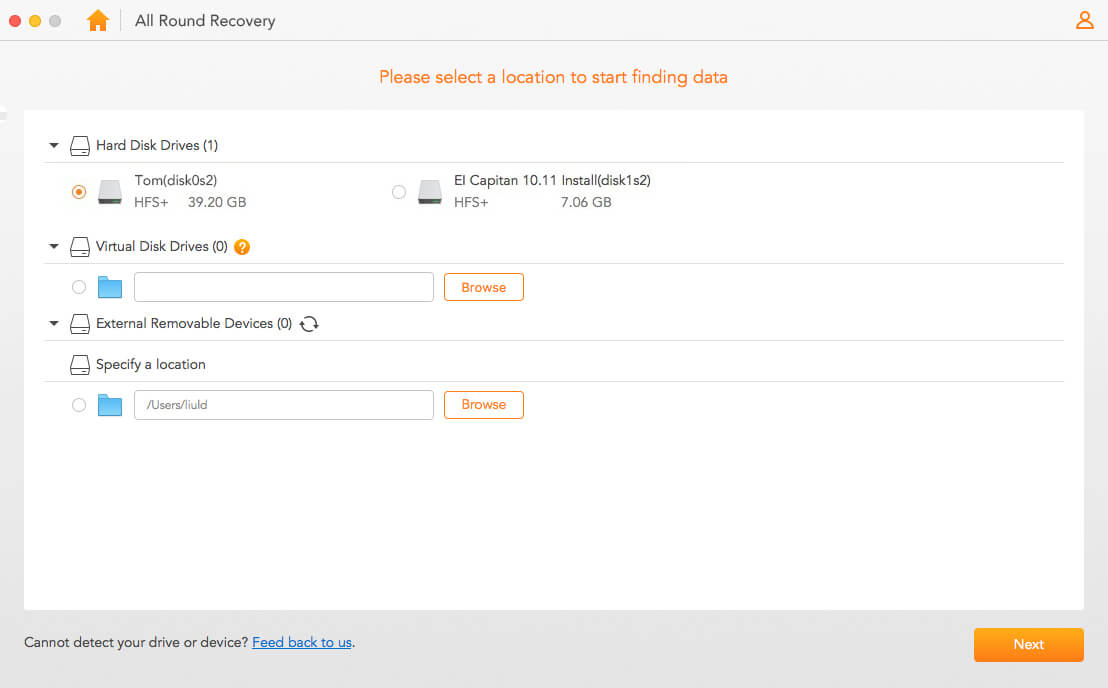
Remember to replace YourExternalDriveName with the drive’s actual name that you created in the formatting step. Follow this path:įinder > Applications > Utilities > Terminal Now the external drive needs to be bootable. Select Done when the formatting completes. Name the drive, select the proper format (MacOS Extended or APFS), select GUID Partition Map if available, and then click Erase. Select your drive listed under External and click the Erase tab. Connect an external drive and follow this path:įinder > Applications > Utilities > Disk Utility To continue, you’ll need to format an external drive.

The best way to retrieve a copy is to follow this link on a Mac, as Mojave doesn’t show up when performing a search within the Mac App Store itself.Ĭlicking the link should automatically load Mojave’s product page within the Mac App Store app. You’ll need to grab MacOS Mojave from the Mac App Store.
#DOWNGRADE MAC OS DOWNLOAD#
Step 3: Download MacOS Mojave Image used with permission by copyright holder Enter the administrator credentials when prompted, then check the box next to the Allow Booting From External Media option listed under External Boot. With Recovery Mode open, click Utilities on the toolbar followed by Startup Security Utility in the drop-down menu.

Otherwise, restart the Mac and hold down the Command and R keys until the device boots into Recovery Mode. If your Mac doesn’t include Apple’s T2 security chip, you won’t need to enable external media booting. To verify that you have this chip, follow this path: Apple button > About This Mac > System Report > Controller (or iBridge). These devices include Apple’s T2 security chip providing secure boot, encrypted storage, live “Hey Siri” commands, and more.
#DOWNGRADE MAC OS PRO#
It also applies to the iMac Pro released in 2017 and newer. This step applies to MacBook Pro, MacBook Air, and Mac mini models released in 2018 and newer. Step 2: Enable external media booting Image used with permission by copyright holder If you need help backing up your Mac, follow these step-by-step instructions. Here to go.Apple’s M3 MacBook plans could be in jeopardy this yearīest refurbished MacBook deals: Get a MacBook Air for $200 Now you can see the option of "Reinstall macOS Ventura" or "Reinstall macOS Monterey" option. Remember to choose the "Erase the Volume Group" when prompted to confirm erasing.Įxit Disk Utility and go back to the main screen of Fallback Recovery.

Open the Disk Utility from the status bar. "(T)he official way is the same as entering primary Recovery, only instead of pressing and holding the Power button once, you press it briefly first, then immediately press it again and hold it, with a di-dah rhythm and timing." Here's a description of entering Fallback Recovery from Remember you'll lose ALL your data after this. ~/Library/Application Support) in your home folder and the particular Applications folder and then move them to the downgraded system without using Time Machine before.įor Apple Silicon Macs, other than primary Recovery, you can use the new "Fallback Recovery" to go back to an old version of macOS. However, you could manually copy some of the customised files (e.g. As far as I know, though Macs are technically capable of being downgraded, there's no way of downgrading while keeping all your data.


 0 kommentar(er)
0 kommentar(er)
